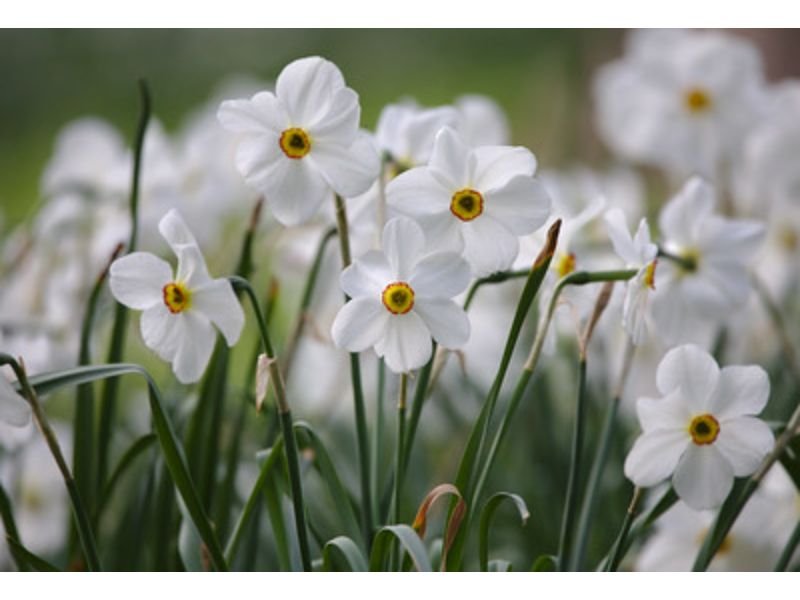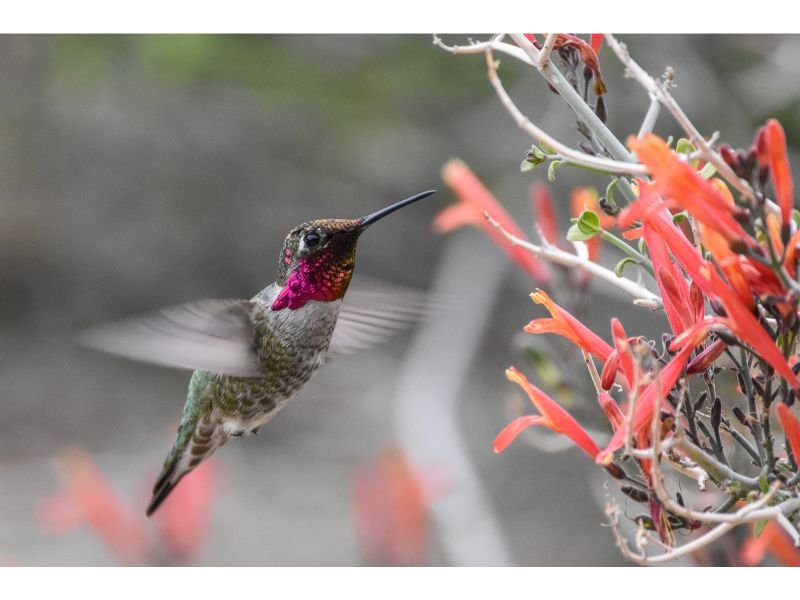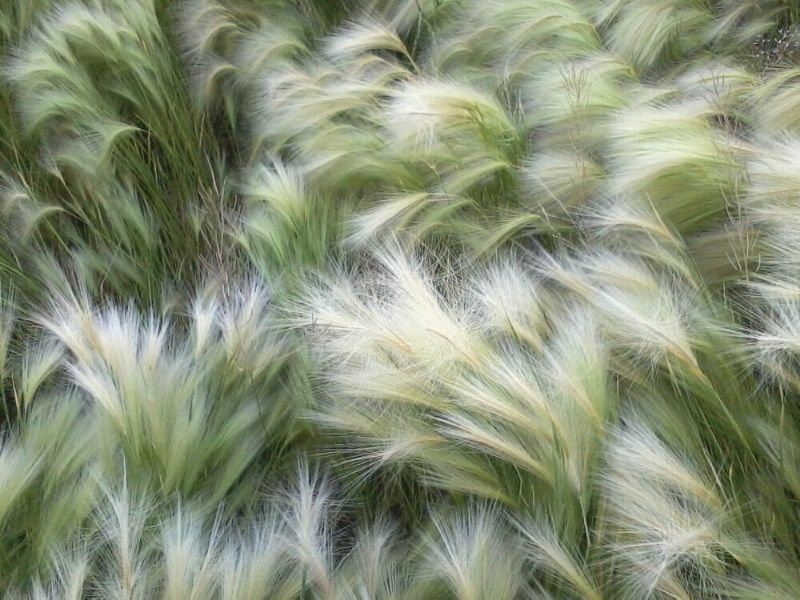Understanding the pH level of your plants is a crucial step to creating a happy and healthy nursery. For acid-loving flowering plants, the key is to provide an environment in which the soil has a pH of a minimum of 4.5 to 6.0. Let’s take a look at these acid-loving flowers, from the dazzling hollyhocks to the classic zinnias, plus all the tips you’ll need to maintain acidic soil.
Table of Contents
Perennial Acid-Loving Flowers
Hollyhock (Alcea rosea)
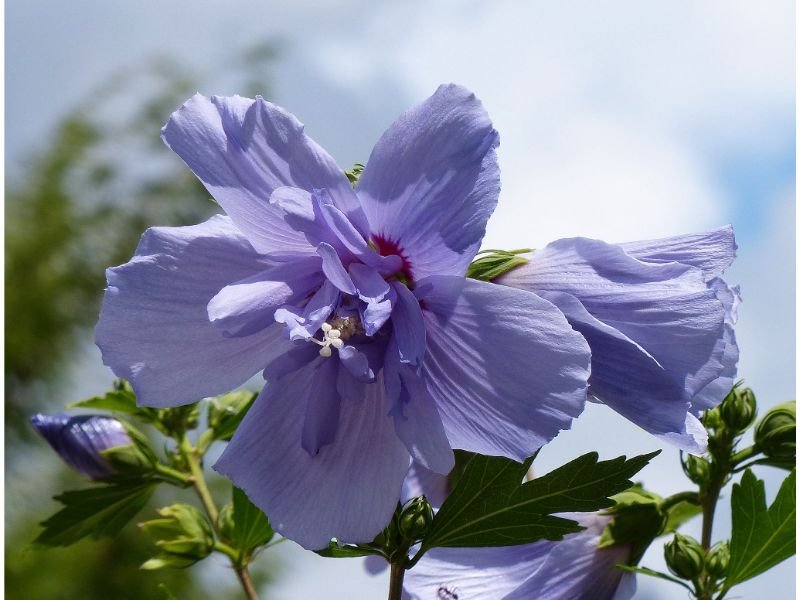
Growing Zones: 2 to 10
pH Level: <6.0
Soil: Sandy, loamy, clay
Looking for tropical-looking flowers that grow in acidic soil? You should try hollyhock! As a pollinator magnet from the Malvaceae Family, these pink, purple, yellow, burgundy, and golden blossoms thrive well in small gardening spaces like containers and are also edible.
Bergenia (Bergenia crassifolia)
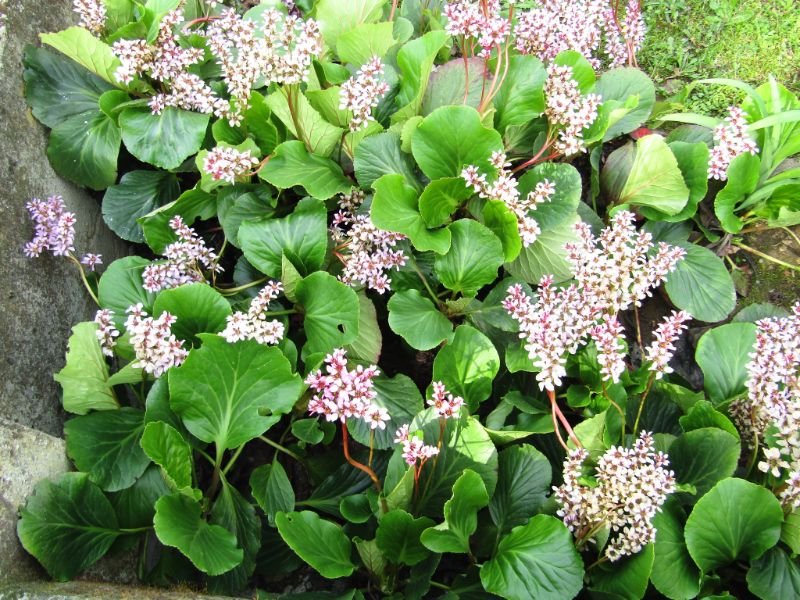
Growing Zones: 3 to 8
pH Level: <6.0
Soil: Clay, sandy, or loamy with high organic matter
The dainty bergenias are acid-loving flowers native to East Asia and Siberia. As a native to colder regions of the world, bergenia has evolved to thrive well under full to heavy shade and is also resistant to cold and poor soil conditions.
Bougainvillea (Bougainvillea)

Growing Zones: 9 to 10
pH Level: 5.5 to 6.0
Soil: Loamy, sandy
The next acid-loving flowers are also known as paper flowers. The stunning bougainvillea boasts breathtaking bright pink, magenta, yellow, white, and red thin-petaled flowers. This tropical shrub is easy to maintain and prefers its soil to be moist but tolerant to drought and dry soil.
Flowering Annuals for Acidic Soil
Black Eyed Susan (Rudbeckia hirta)

Growing Zones: 3 to 8
pH Level: <6.0
Soil: Clay, loamy
Black-eyed susan is a part of the Aster Family, notable for their deep dark chocolate or brown centers that resemble an eye from afar. These acid-loving flowers display their spectacular bright yellow blooms during spring and summer and are often grown as perennial or biennial.
Zinnia (Zinnia)
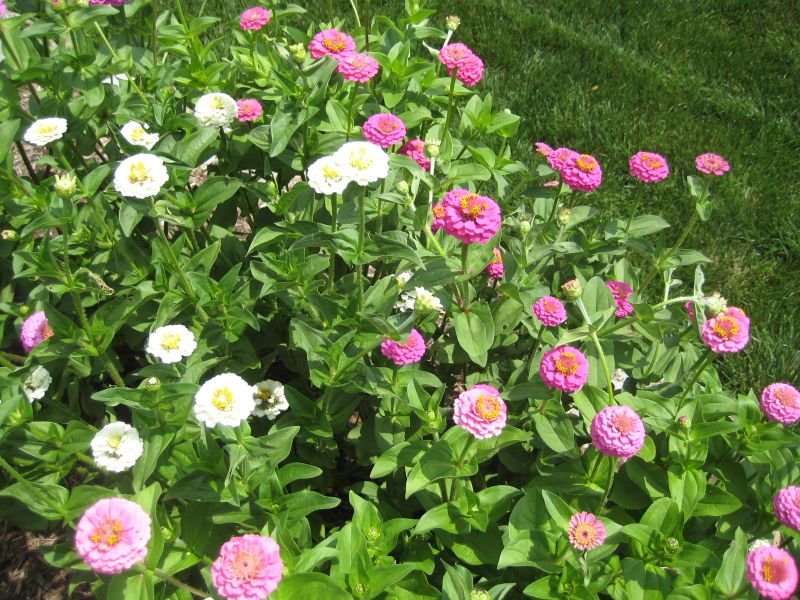
Growing Zones: 3 to 10
pH Level: 5.5 to 6.0
Soil: Loamy, sandy, clay
A close relative to black-eyed susan, zinnias are often found growing in mountains and coastal areas. Coming in a broad range of colors, zinnia has more than 10 cultivated species and is popular as an easy-to-maintain and pollinator-attracting flower.
Common Foxglove (Digitalis purpurea)

Growing Zones: 4 to 9
pH Level: 5.5 to 6.0
Soil: Loamy or sandy with high organic matter
The gorgeous common foxglove is incredibly adaptable to grow almost everywhere, but take note that these acid-loving flowers produce cardiac glycoside that is harmful to humans and pets. But with some precautions, you surely still could enjoy the beauty of these annual flowers!
Acid Loving Flowers for Full Sun
Ajuga (Ajuga reptans)

Growing Zones: 3 to 10
pH Level: 4.5 to 6.0
Soil: Loamy, sandy, clay
Known for their lavender-like, purple, blue, or white blossoms, ajuga or the bugle-weeds are the ultimate acid-loving flowers with many health benefits. From treating inflammation, diabetes, and hypertension, to gastrointestinal-related problems, no wonder why ajuga has many cultivated species and is popular among plant lovers.
Rain Lily (Habranthus)

Growing Zones: 7 to 10
pH Level: <6.0
Soil: Loamy or sandy with high organic matter
The spectacular rain lilies got their name from their unusual blooming time, a few days after bathing in rain. Therefore, these showy perennial flowers that grow in acidic soil tolerate wet soil as well as predators such as deer and rabbits.
Butterfly Pea (Clitoria laurifolia)

Growing Zones: 9 to 11
pH Level: 5.5 to 6.0
Soil: Sandy, clay
Widely known as the Asian pigeonwings, butterfly pea is not only adored for their true blue petal colors but also their taste. When boiled as a tea, the butterfly pea boasts an amazing deep blue sea color with a mildly sweet, chamomile-like taste.
Acid Loving Flowers for Partial Shade
Flamingo Flower (Anthurium)

Growing Zones: 10 to 12
pH Level: 5.5 to 6.5
Soil: Loamy
One of the most famous aroids, the flamingo flower is generally cultivated for its attractive glossy magenta and pink blossoms. Being a naturally tropical plant, this perennial flower requires little maintenance and is also tolerant to high humidity.
Borage (Borago officinalis)

Growing Zones: 2 to 11
pH Level: 4.5 to 6.0
Soil: Loamy, sandy, clay
Not only resilience to almost every growing condition, the fearsome borage or the starflower also tolerates a wide pH level range. In addition to their beautiful color, borage also boasts spectacular green-gray hairy foliage,
Common Coreopsis (Coreopsis grandiflora)
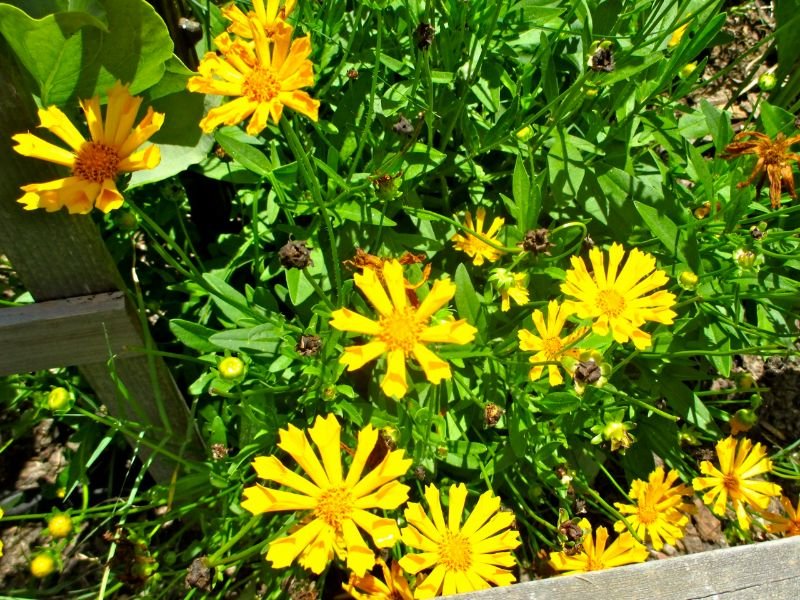
Growing Zones: 4 to 9
pH Level: <6.0
Soil: Sandy, clay, rocky
Often called large flower tickseed, common coreopsis is a perennial from the same family as black-eyed susan and zinnias. These flowers that grow in acidic soil have numerous varieties to choose from, ranging from the usual color of yellow and golden to variegated colors like salmon and yellow with deep dark red centers.
Tips: How To Manage Your Acidic Soil Like A Pro
Some plants thrive in acidic soil as a result of survival. These plants tend to get more nutrients better from acidic soil. The easiest way to test how acidic the soil is by using a strip of pH paper called the litmus paper or the commercially available pH meter. You’ll need to spend a little cash for these gadgets but the result will be worth it and accurate. Once tested, make sure to keep the acidity ranges between 4.0 to 6.0.
How to increase and decrease the acid level of soil?
Maintaining the soil’s acidity to a perfect level is important, as even acid-loving flowers will not thrive if the soil becomes too acidic. To decrease the acidity level, adding sulfur, aluminum sulfate, or sulfuric acid is highly recommended. In contrast, increasing acidity level is as easy as just adding some materials that contain lime, as lime is one of the primary sources of naturally acidic fruits.
Acid Loving Flowers In A Nutshell
Most flowers that grow in acidic soil need a pH ranging from 4.5 to 6.0. There are broad variations of acid-loving flowers you can grow in your nursery. From tropical-looking ones like flamingo flowers and hollyhocks to the annual black-eyed susan, growing acid-loving flowers is rather easy. Take note to always carefully manage the pH level to avoid damaging the plants, and get ready to enjoy the beauty of these acid-loving flowers!

New author in the hood. Loves gardening and flowers are my spirit animals (yes I know they are not animals but I insist). I will be covering most of the flowers’ topics here and occasionally random though as well.

